Ostional Wildlife Refuge in Costa Rica, together with the nearby Santa Rosa National Park, is one of the most important areas in the world for nesting of the Olive Ridley sea turtle. Awe-inspiring arribadas (‘arrivals’ in Spanish), during which hundreds of thousands of sea turtles arrive together in a short span of time, can be observed here during the rainy season, and sometimes even year round.
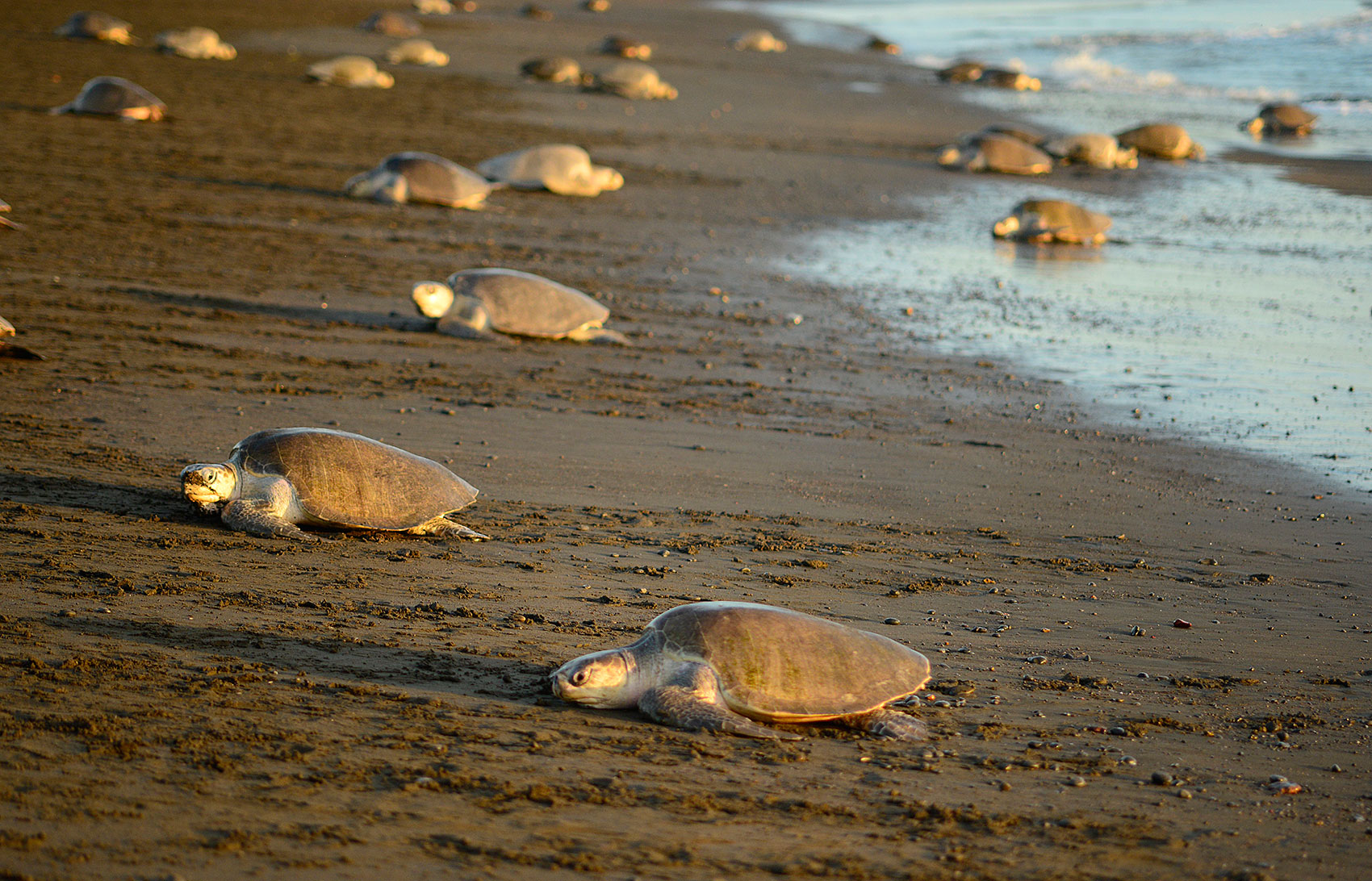
Olive Ridleys and their close relatives – Kemp Sea Turtles (who nest in the Atlantic) are the only two species known to synchronize their nesting in such mass arrivals. This biological wonder happens within one specific mile (!) of black volcanic beach in a small village of Ostional in Costa Rica’s Nicoya Peninsula, year after year. The largest arribada on record to date took place back in November 1995 when a calculated 500 000 females came ashore.
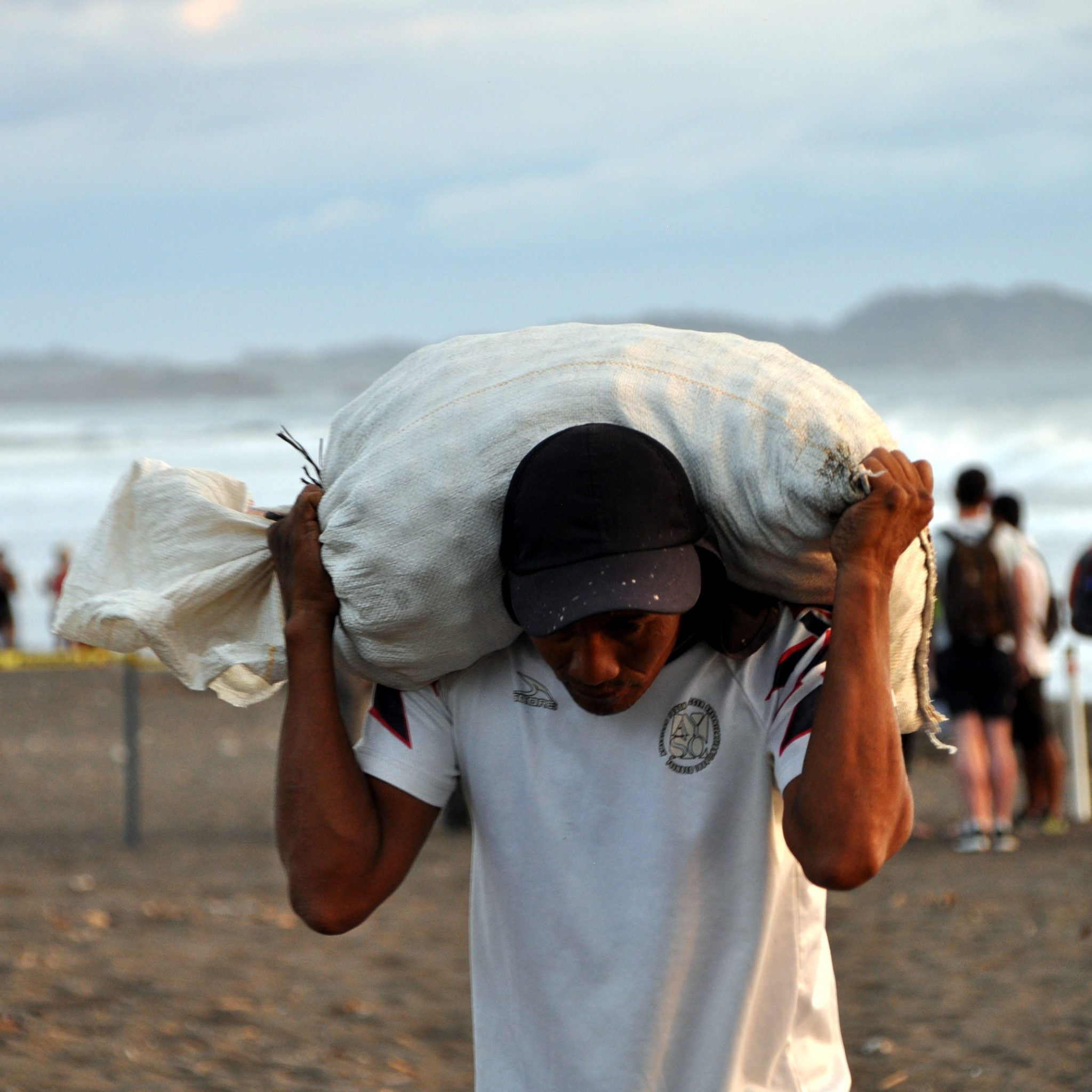
Turtles nest at Ostional year round, but peak time is the rainy season, roughly from August through December. Usually the arribadas occur during the darkest nights: a few days before the new moon. Not comfortable outside of water, the female turtles drag their heavy bodies through the sand over the high tide line to dig a nest and deposit around 80 to 100 soft-shelled eggs. Over the course of a four or five-day arribada the turtles typically leave up to 10 million eggs!

The Ostional Wildlife Refuge was created in 1984 to protect this invaluable nesting site and has met several obstacles along the way, the main one being poachers and eggs theft. A controversial program for legal harvest of the eggs (Ostional is the only place in the world where turtle egg collection is not prohibited) has been introduced by the Ostional Integral Development Association (ADIO), carried out under the supervision of the Costa Rican Environment Ministry.

It was discovered that the eggs laid in the first day or two of each arribada are usually destroyed by the newly arriving females or predators, or both. The community of Ostional and the government have thus developed a plan to work together to harvest the first batch of eggs for consumption and resell. In return, locals help clean up the beach of shell debris, organize night patrols for poachers and protect the newly hatched baby turtles from predators.
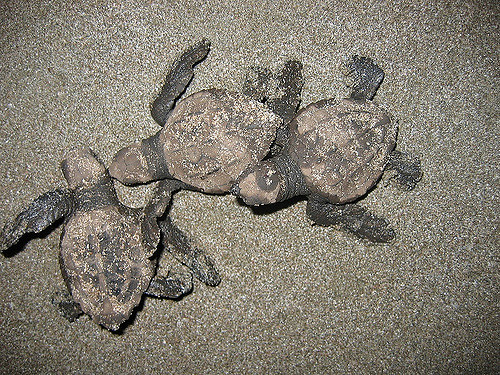
As soon as the hatchlings have struggled out of the shell, local women and children accompany them as they race toward the ocean, protecting them from dogs and vultures. Common sense would suggest to carry the turtles all the way to the ocean to ensure maximum protection, but they need the run across the beach to develop their lungs. They can be, however, carried in small chunks of the way – unsurprisingly an activity hugely popular with volunteers of local environmental organizations.
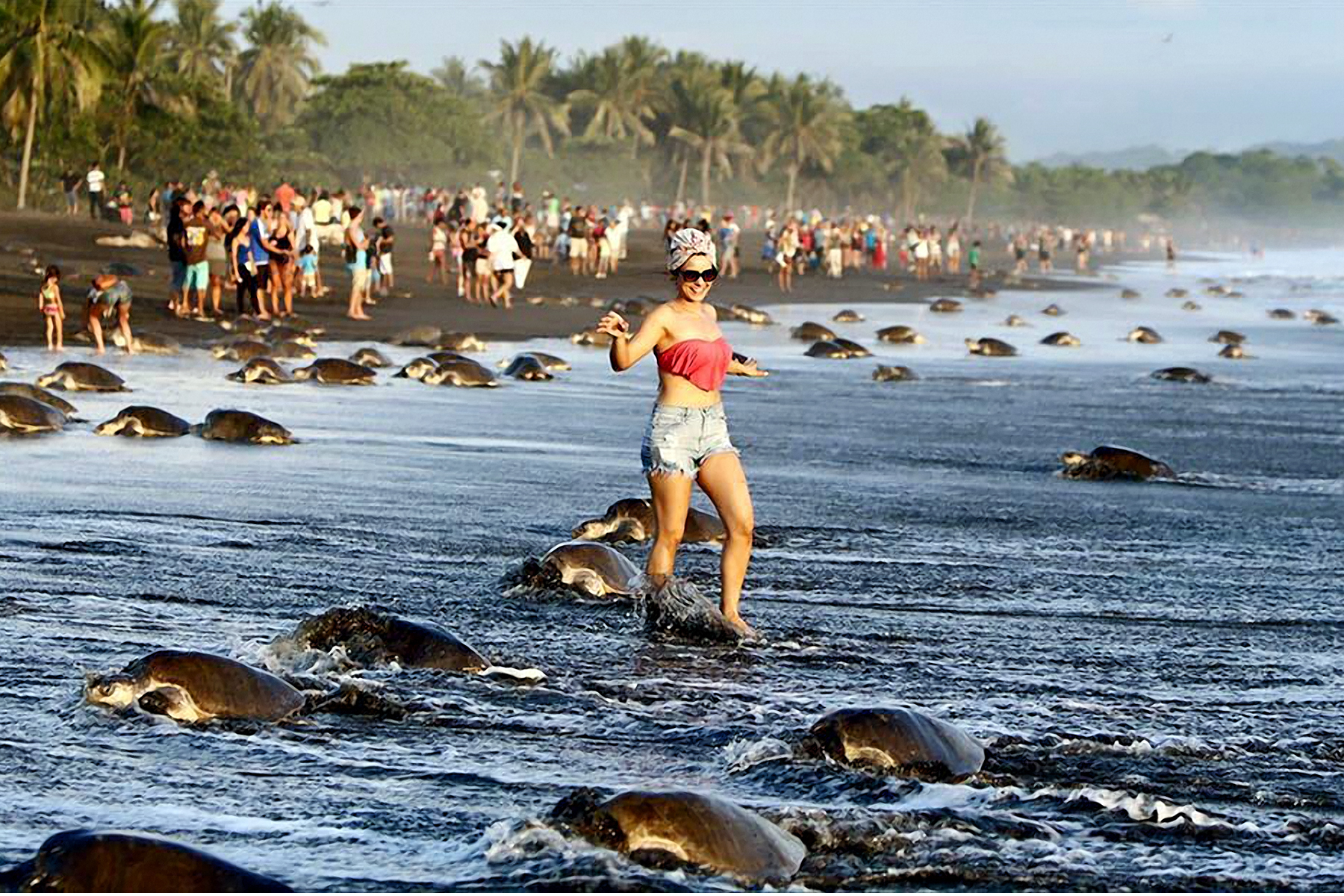
Aside from vultures and stray dogs, in recent years the Olive Ridleys have had to struggle with… flocks of tourists. Visitors come to Ostional by the busload to witness the spectacle of the arribada, and as the exact stretch of the beach where it happens is very small, things have got slightly out of control.
Visitors frequently enter the beach without the required guide and via unauthorized access points
A couple of years ago the number of tourists in Ostional has reached a peak as tour companies deliver thousands of people to the nesting site. Though there are strict regulations about visiting the beach during an arribada, the visitors ignore the rules and frequently enter the beach without the required guide and via unauthorized access points. Sadly, such numbers of tourists heavily disturb the turtles and have prevented them from laying their eggs.

In the ideal world, we should try to resist participating in an arribada. If we do decide to visit, it is crucial that we check in with the ranger booth in Ostional (hard to miss, on the main – and the only – road in the village) where you pay the entrance fee of $10 and get allocated a certified guide. If you visit with an organized tour, insist that the operator acts responsibly and follows the visiting rules.
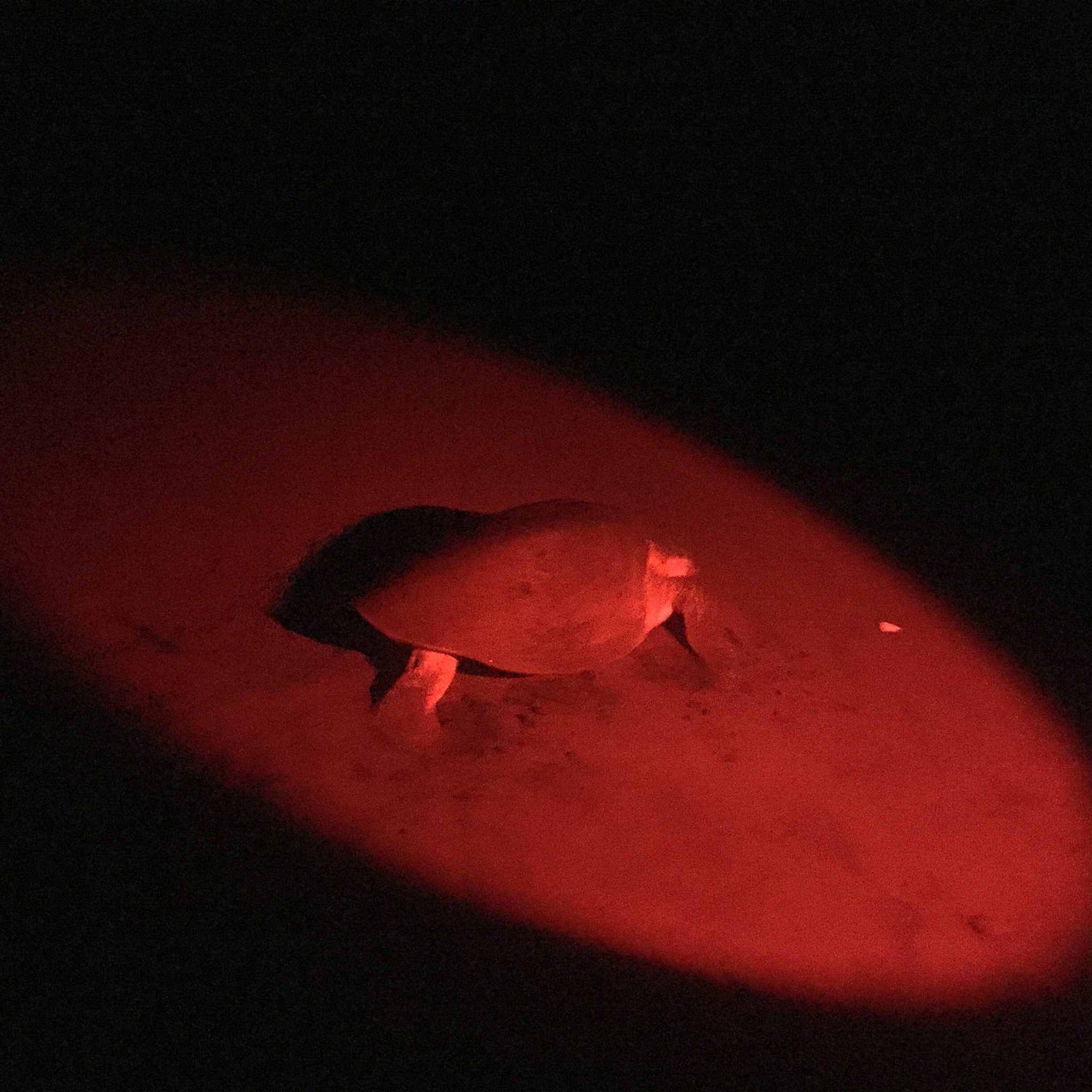
No flashlights or flash photography is permitted, and try to avoid white clothing as the turtles are sensitive to anything bright. Arribadas usually occur few days before the new moon, and the majority of turtles arrives between 8 pm and 4 am. For more precise information check out the updates from the Ostional Guides Association.

To book a responsible tour or explore volunteering options, contact Turtle Trax. With 12 years of experience, their volunteers have protected thousands of sea turtle nests and released hundreds of thousands of hatchlings back into the ocean. Volunteers not only work with sea turtles, but with the funds generated through these programs help provide an income for local community members and serve to sustain various sea turtle conservation projects along the Pacific coast of Costa Rica. As a future volunteer, your contributions will also build a sense of awareness among the local population regarding the importance and benefits that come from protecting these animals—the true definition of sustainable tourism.
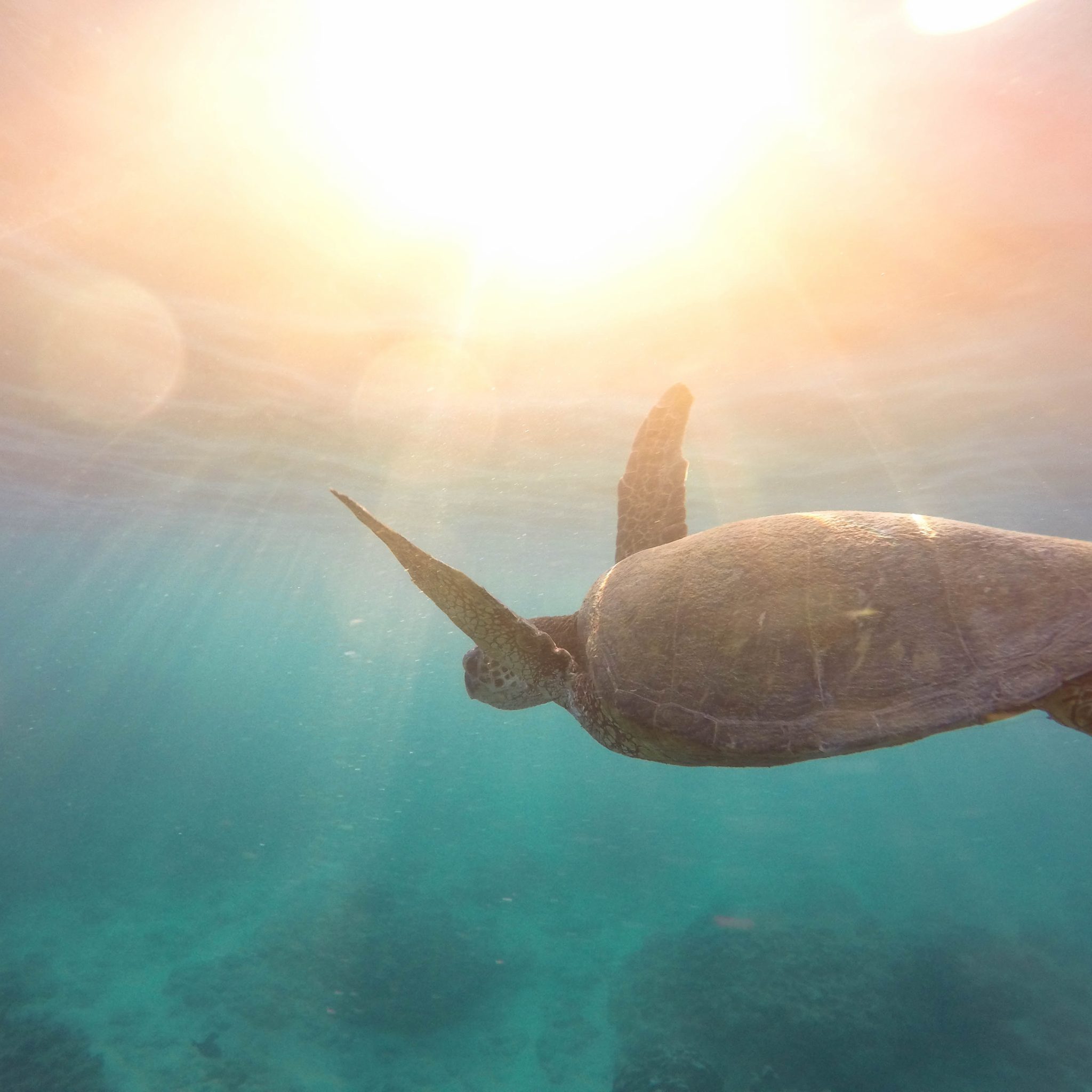
To find out how to help sea turtles in Costa Rica check out the leading organization for marine conservation Pretoma. For local (very limited) lodging options contact Albergue Arribadas , whose owner Wendy Cruz is also the founder of Ostional Arribadas Biomarine Station, a program aimed at educating people about the conservation efforts in Ostional.
Alternatively, stay in one of the amazing small eco-friendly hotels or bed & breakfasts, such as the amazing Villa Mango, in the charming and laid-back nearby town of Nosara.
Photography by Gabriela Sijer and Unsplash

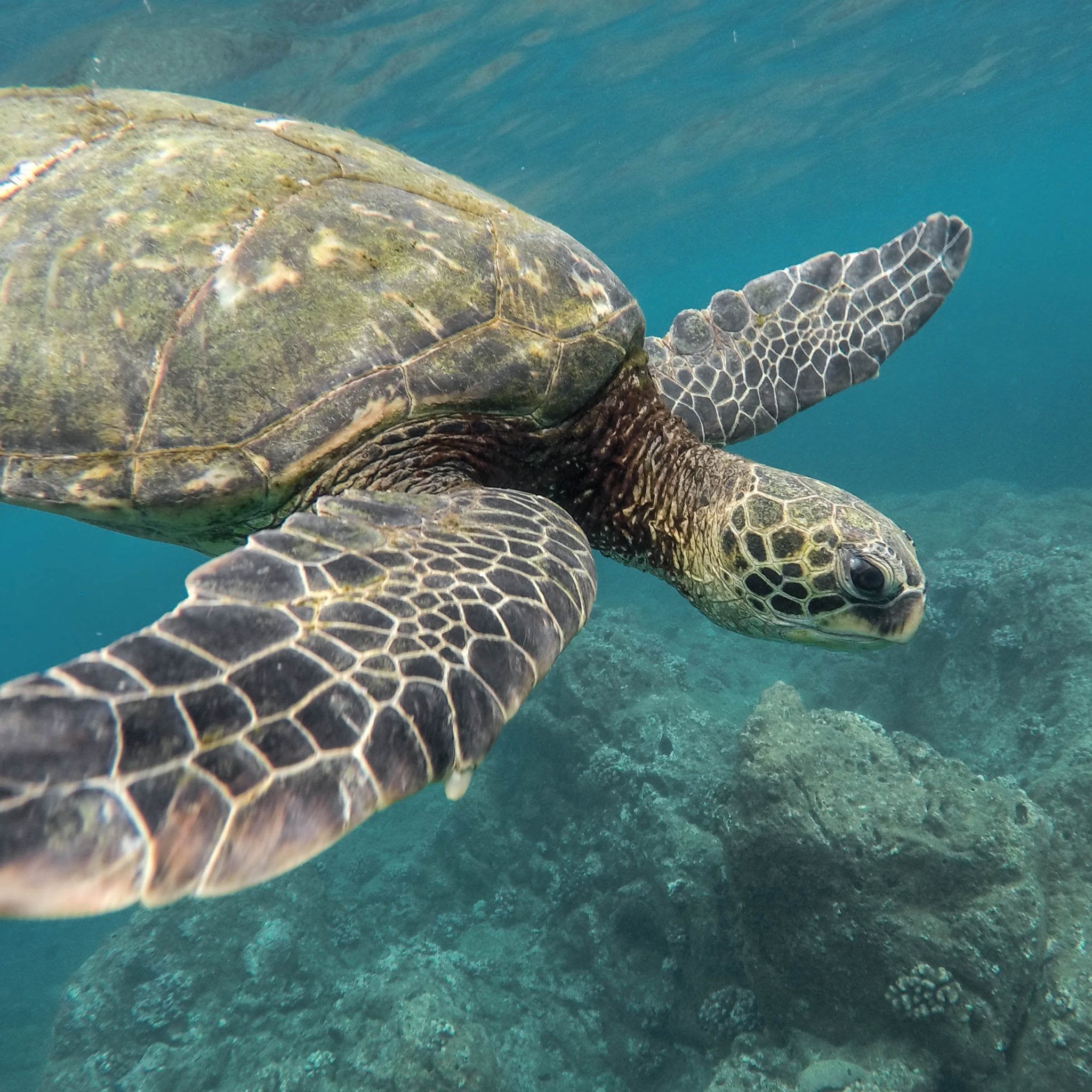

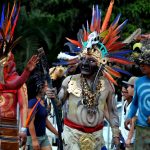

Comment (0)